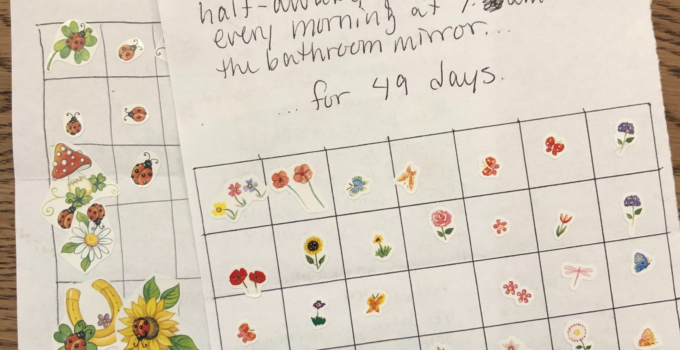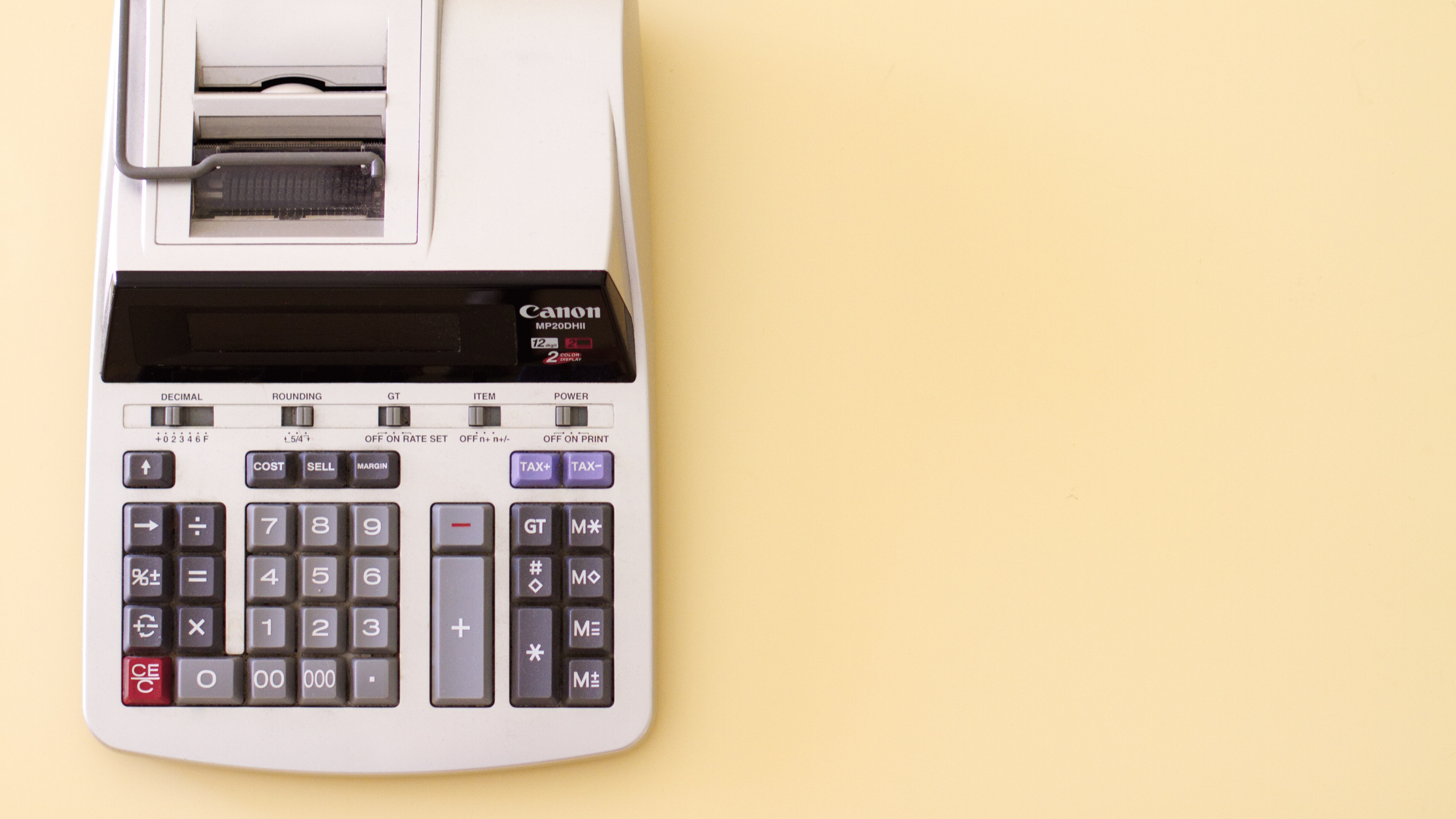I find the discussion of generational culture fascinating. It’s probably because, professionally, I’m in marketing, so knowing the distinctions between generations is important for me. And yes, generations are emphasized in our cultural discussion largely to allow marketers to exploit the identities that we draw from them. But it’s important to remember that generational generalizations are drawn from our culture’s reactions to large, impactful events. As a result, we can use them to find similarities and ways to connect both within generations and across them. And what does this have to do with sticker charts for adults? I’m glad you asked.
I’ve spent my adolescent and young adult life consuming media that alternated between sneering at and defending my generation – the millennials. I’m a textbook mid-generation millennial. 9/11 is the defining cultural moment for my youth. I have a deep nostalgia for the past, driven by technology literally revolutionizing my world as I grew through it. And I have a healthy dose of mistrust in financial stability due to the 2008 housing collapse. But I also carry my generation’s confidence that my story is valid and worth telling (hi, you’re reading my blog), taboo-crushing openness about mental health, and – most relevant here – belief that growing older doesn’t have to mean growing out of fun.
Which is why sometimes, I treat myself like a kid by using sticker charts.
How to use sticker charts as an adult
I didn’t have a lot of sticker charts as a kid.* But especially in the last year, I’ve found that I need to give myself a little boost of motivation to stick to habits. Enter the sticker chart.
Here are two different ways you could use sticker charts:
Reward System
Remember in first and second grade when you would get fake money as a reward for good behavior and then you could use it to buy the McDonald’s toys that your friends had donated to the class? Why are we not doing this as an adult?
Think about it: say you want to go to the gym more often (or, in COVID times, actually use the dumbbells that you bought back in March). And simultaneously, you want some cute new workout clothes. But it doesn’t make sense to buy workout clothes if you’re not going to use them…
You could give yourself a sticker every time you work out, and after 30 stickers you could “spend” the stickers on a new workout outfit! BOOM a sticker chart for adults!
This could apply to a lot of scenarios – just think about behavior that you want to incorporate into your life, figure out a reward that you might struggle to otherwise justify, and go out and earn it for yourself.
Gratitude System
I just learned about this, and I need to go make myself a chart for it. Think of things that have become normalized in your day-to-day life: a warm cup of coffee, a shirt that fits just right, a friend that sends you ridiculous memes. Jot them down as a sticker chart and give yourself a sticker every time you notice that thing in your life.
Gratitude journaling has become relatively popular lately – and for good reason. When you make an effort to be grateful for what you have, your brain is more likely to follow those thought patterns. So gratitude begets more gratitude.

But…why use a sticker chart as adults?
Well, we’ve covered the how. But what about why? Why should we indulge this whimsy? I have three reasons for you.
Works with your brain
I can’t talk about goals without talking about dopamine. Fun fact: that glorious feeling that you get when you cross a task off your to do list? That’s your brain releasing dopamine. A dopamine-flooded brain is a happy brain, and our brains have us trained REALLY well to seek out tasks and experiences that will reward it with that happy chemical.
But after a while, tasks might lose their dopamine-releasing power. Using a sticker chart to visually celebrate that you did The Thing can help bring that dopamine back.
Helps build habits
Over on reddit, there’s an entire subreddit dedicated to modified sticker charts – they don’t use stickers, but they use charts to dedicate themselves to not skipping any days in the habits that they are working to build. It’s all motivated by this user’s comment.
That reddit user has a lot of good points about the benefits of dedicating yourself to building habits. Willpower is a muscle, and using it more makes it stronger. Habits take ~66 days to ingrain themselves into your life. And importantly: you might fail, but just keep going the next day.
But all of this wisdom also applies to sticker charts. So figure out what habits you want and make sticker charts for them – after all, what gets measured gets managed.
It’s FUN
Y’all. If we’ve learned anything from 2020, hasn’t it been that we need to find whatever joy we can in life? Stickers are fun and colorful and you can find all sorts of them online or in stationary stores. I always struggled to use stickers growing up because I didn’t like having to choose just one place to stick them. But sticker charts have given me a good reason to buy more stickers, which makes it easier to use them.
So grab a piece of paper and make a crooked grid listing a few habits you want to reward. Don’t forget to include some habits you already have – we’re here to celebrate wins, after all. And then go buy yourself some stickers for your sticker chart for adults.
*My mom once put up a piece of graph paper that we were supposed to “x” out each day we flossed, and whoever did it the most at the end would get a prize. I diligently flossed every day, but my sister flossed a bunch of times on the final day, crossed out more days than we had been tracking, and got the prize. I’m still salty about it.



No Responses